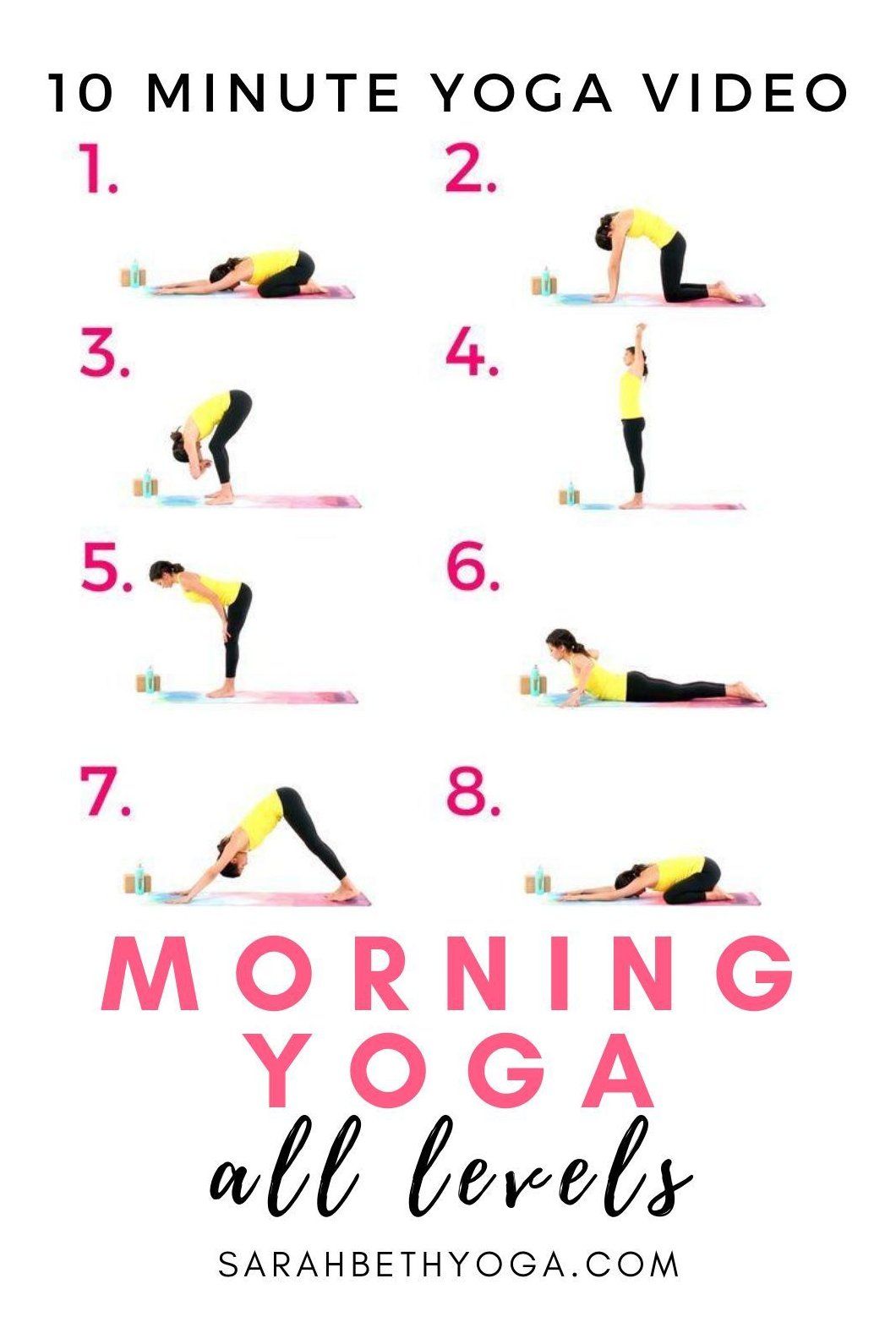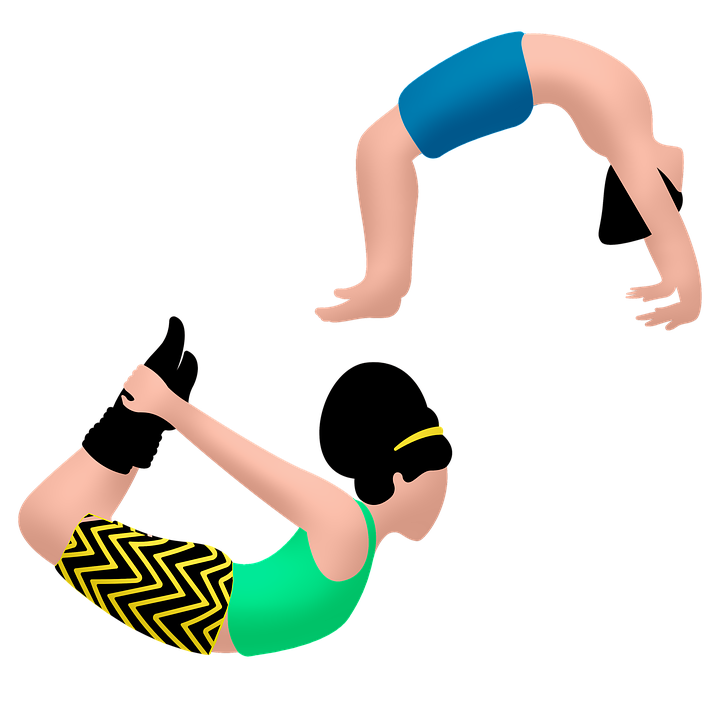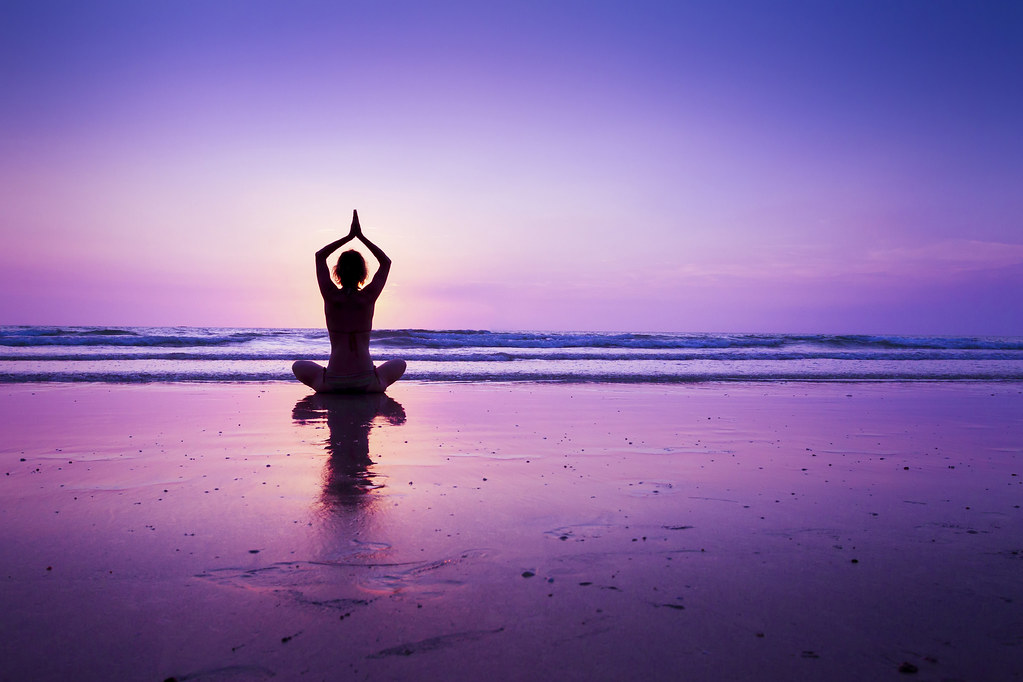
Restorative yoga, among all forms of yoga, is the best for beginners and older adults. It's especially useful for those with injuries or who are recovering from an injury. Restorative classes emphasize stress relief and use props. This is why they're great for those with chronic conditions and older adults. Beginners can modify poses to accommodate their specific needs. For more information, read the articles below. These articles are intended to help you get started in yoga.
Yoga for restorative purposes
Restorative Yoga can be a wonderful option for seniors, especially beginners. The benefits of this form of yoga are not only physical but also mental. For example the sphinx posture opens the chest, prevents forward heads syndrome, and relieves lower-back pain. It involves bringing the shoulder blades closer together and drawing the shoulders, forearms, and chest together. This pose can be beneficial for seniors because it helps to strengthen your core and promotes relaxation. You will need to inhale deeply and pull your left shoulder back, while opening your chest.
Hatha yoga
Yoga is a good form of exercise. Yoga is a great way to help seniors age gracefully. It improves balance, flexibility, and mobility. It improves overall health and well-being. It assists with everyday chores, such as maintaining strong joints and muscles. Yoga improves mental health, which helps prevent injury. Yoga can provide seniors with increased flexibility, fewer aches and fewer fall risks. Seniors will feel more balanced and less afraid to fall if they are accompanied by a yoga instructor.

Iyengar yoga
Iyengar Yoga for Seniors is an accessible type of yoga that emphasizes form. Props allow the instructor and participant to alter poses to their abilities. This type of yoga is great for those with chronic diseases. For beginners, the poses can be a little challenging, but can be modified to suit a beginner's ability. Here are some tips to help intermediate and novice yoga students.
Yin yoga
Yin yoga is a meditative form of yoga that targets deeper connective tissues that connect muscles and bones. This helps to improve flexibility. As a beginner to Yin yoga, you should start by warming up your body before you begin. This will allow your body to release tension from deeper connective tissues. Yin yoga will help improve your range and decrease stiffness.
Vinyasa Flow
Yoga classes have varying speeds, and Vinyasa Flow is no exception. Slower classes are more forgiving, allowing the teacher to spend more time with each student, talking them through poses. Slower classes are better for beginners as they are usually more physical. Visit the website for more information. Here are some good reasons to practice slow yoga. Flow classes make a good choice both for beginners and senior citizens.

Chair yoga
Chair yoga can be done by anyone, whether you are a beginner senior or a veteran. These simple postures are easy to do and will keep you active for years. Some poses include the seated cat-cow stretch. This stretch is excellent for increasing mobility and relieving back pain. The best way to do this is to place your left elbow overhead while seated on the chair. Your right elbow should rest against your right forearm. When your right arm is extended, raise your left arm over your left ear so that it points toward the ceiling.
FAQ
Is there any benefit to doing yoga?
Yoga has existed since ancient times. It has only recently been more popular. Celebrities, as well as everyday people who are looking to stay fit and healthy, have made yoga a hugely popular choice.
Yoga is great for strengthening your muscles and stretching them. Yoga can also help calm your mind and relax you.
Yoga is different from other types of exercise in that it focuses on breathing techniques.
You can practice various poses to improve your flexibility and balance.
What does butter do?
Butter is one of many good sources of saturated fats. This type fat is great for your skin and hair. It also helps you build stronger bones.
Butter also contains vitamin K, which prevents bleeding from cuts and bruises. Vitamin K is combined with vitamin C to prevent bruises.
Butter also contains minerals like calcium, phosphorous and potassium. These minerals promote stronger bones, teeth, and teeth.
Butter has its drawbacks. Butter is high in cholesterol. Research has shown that high levels of cholesterol could increase your chances of developing cardiovascular disease.
Butter also contains high amounts of saturated fat, which contributes to obesity and increases cholesterol.
However, if you must have butter, try spreading it on bread rather than dipping it into soup or salad. Bread absorbs less oil than pasta and potatoes.
What is a good seven-day workout routine?
A seven-day program should include three days of cardio training (running, biking and swimming), two strength exercise (using free weights or weight machines) and one flexibility/core work out (yoga, Pilates). Each activity should be done at least once per week. Maximum 45 minutes should be allotted for each session.
Cardiovascular Exercise: Running/Biking/Swimming
Aim to do at least 60 minutes per week of cardio. Try to do 75 minutes per semaine for the best results. Cardio exercises can help improve blood flow and stimulate muscle growth.
Strength Training
Cardio exercises focus on the heart and lungs while strength training targets muscles and bones. Strength training increases lean muscle mass and helps to burn calories even at rest.
Flexibility and core workouts
Your whole body will be stronger if you have flexibility and core training. Both yoga as well as Pilates are great choices.
Which order is best for working out?
It all depends upon what you are trying to achieve. If you want to build muscle mass, then do heavy weights first. Then move into cardio. For those who want to lose weight or exercise, you can switch from cardio to strength-training.
Cardio is a great way to lose fat if you are just looking for a quick workout. Add strength training to your workouts.
Then if you want to gain muscle mass, do cardio last because it stimulates growth hormones which help build muscle mass.
It is important to eat before going to work out. This will fuel your muscles and make them work harder. It makes you feel better when you exercise.
How to get rid of belly fat fast
There are many ways to quickly reduce belly fat. One way is to eat less food and drink plenty of water.
Another way is to increase your metabolism by participating in activities such as running and swimming.
Sitting down too long is not a good idea if you want your belly to shrink quickly. Instead, stand up frequently throughout the day. This will help you burn more calories.
There is an alternative option if you've tried all of these options and still have trouble losing belly fat.
This requires a belt. The belt fits around your waist and is tightened when you sit down.
As a result, you will feel uncomfortable and move around. This causes you to burn more calories, and your belly fat will decrease.
Which workout is best for men?
It depends on what you're looking for. If you want to lose weight, cardio workouts are great because they burn calories faster than strength training exercises.
For those who want to gain muscle mass, strength training will be a better option, as it increases your lean body mass.
Both types of exercise have proven benefits if you want to improve your overall health.
If you're looking for a quick way to get fit, I recommend HIIT/sprint interval training. This type of training helps you burn fat quickly by increasing your metabolism. It also boosts your endurance to continue training even when you feel tired.
Statistics
- By John Thompson Take a whopping 38% off a set of PowerBlock Pros. (menshealth.com)
- An estimated calorie range for moderately active adult males falls between 2,200 to 2,800 calories per day, depending on age. (eatright.org)
- Candidates and applicants must pass all four tests at 70% (minimum level) to graduate from Basic Deputy U.S. Marshal (BDUSM) Training. (usmarshals.gov)
- According to the American Heart Association, blood pressure should be checked at least once every two years, beginning at age 20. (my.clevelandclinic.org)
- According to the American Academy of Dermatology (AAD), men over 50 are at a heightened risk of developing it. (healthline.com)
External Links
How To
How do I lose weight while working out?
Exercise helps you lose calories by increasing your metabolism and oxygen intake.
Exercise at a moderate intensity to safely lose weight.
These are the top tips for burning fat while you exercise.
-
Cardio exercises like walking, running (or jogging), swimming, cycling, running, and/or elliptical training are all good options.
-
Do 30 minutes of exercise three times a week.
-
Add strength training to your workouts if you are looking to lose more weight.
-
Avoid intense workouts. You can build muscle without having to lose muscle tissue.
-
During exercise, drink plenty of water. Water flushes out toxins and helps keep the body hydrated.
-
After working out, drink low-fat protein shakes. Protein shakes repair muscles and increase energy.
-
Eat smaller meals throughout the day, so you don't feel hungry between meals.
-
Don't skip breakfast! You can feel tired and slow if you skip breakfast.
-
Mental health is important. Stressful situations can slow down metabolism.
-
Keep a positive attitude. Studies show that overweight people are more likely to be obese than those who perceive themselves as attractive.
-
Get enough sleep. A lack of sleep makes it difficult to lose fat.
-
Always be active. Be sure to get up and move around every hour or two.
-
Maintain a healthy diet. You will feel fuller longer if you eat right.
-
Find relaxation techniques. Tenseness can cause stress hormones to break down muscle tissue.
A balanced diet is one that includes all of the essential nutrients required for growth.
Eat six small meals each day instead of three large ones. This allows your body to properly digest what you have eaten.
You need about 500 milligrams of calcium daily to maintain strong bones. Calcium can be found in dairy products such as yogurt, fortified soybean beverages, orange juice, cereals, bread, and cereals.
Calcium comes from leafy green vegetables, beans, tofu, nuts, seeds, and cheese.
Vitamin D is required for calcium absorption. Vitamin D is found in eggs yolk, fatty fish and fortified foods.
Vitamin E is vital for your skin's health. It can be found as a vegetable oil, wheat germ, peanuts or almonds.
Your body needs zinc for normal immunity function and wound healing. Zinc can also be found in legumes, oysters, meats and whole grains.
Zinc deficiency can cause fatigue and loss of appetite. It can also lead to depression and impaired immunity.
Eating too much sugar causes insulin resistance, which increases blood glucose levels. Insulin resistance leads to weight gain.
Insulin resistance is caused by high blood levels of free-radicals. Free radicals refer to molecules that contain unpaired electrons. They can damage cell membranes and other body parts.
Food additives, pesticides and herbicides, as well as preservatives, smoking and radiation are all sources of free radicals.
Free radical damage can cause cancer, heart disease and diabetes, as well as arthritis, asthma, and other diseases.
Eating a well-balanced diet with antioxidants is the best way to prevent free radical damage. Antioxidants protect against oxidative damage.
Vitamin C is found in citrus fruits and beta carotene is found in carrots.
Additional antioxidant nutrients include selenium and copper, manganese and zinc.
Selenium protects cells from free radical damage. Selenium is also found in Brazil nuts.
Copper protects the brain and eyes as well as the lungs and red blood cells. Copper can be found in meat, shellfish, meat, and organ meats.
Manganese plays an important role in bone structure. Manganese can be found in brown rice and spinach as well as bananas, prunes raisins, oatmeal, lentils, and oatmeal.
Zinc helps with normal growth, reproduction, as well as wound healing. Zn is present in lean cuts of meat and white fish, as well as eggs.